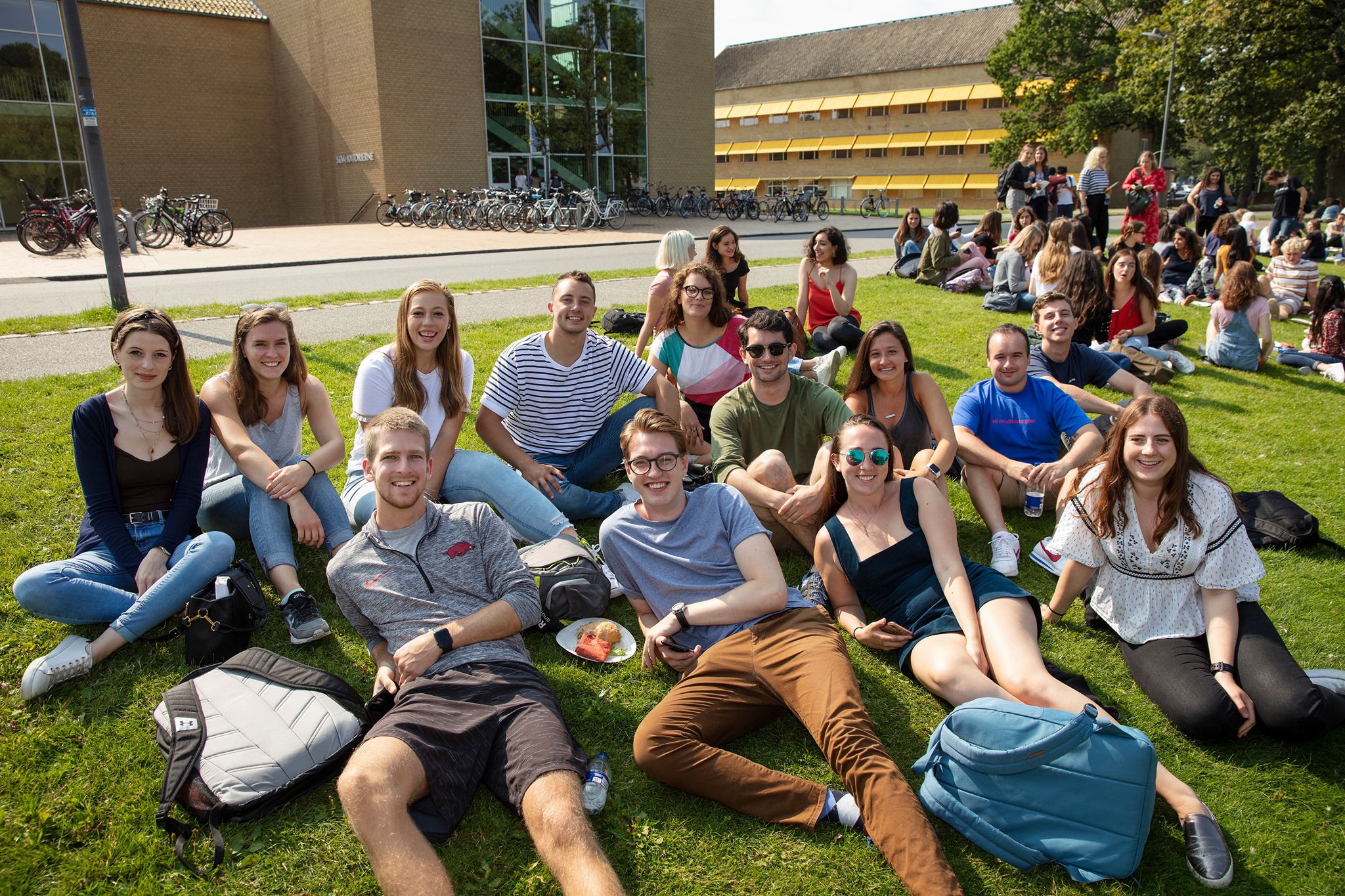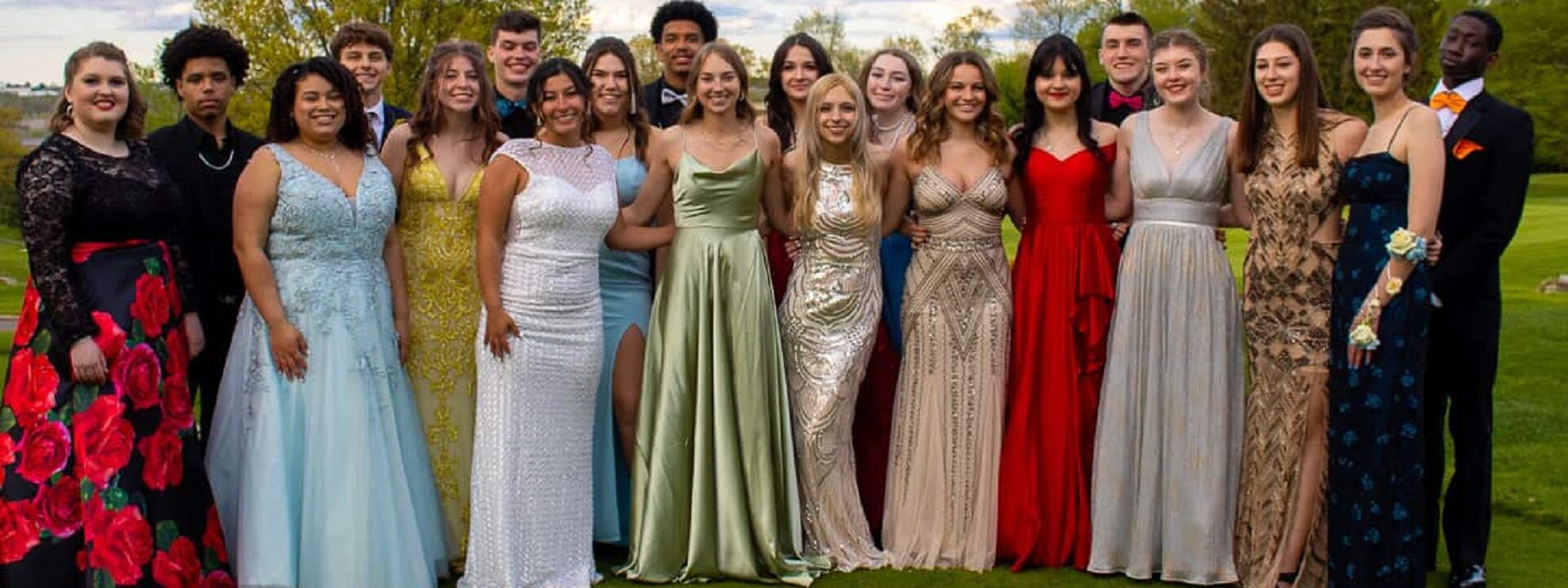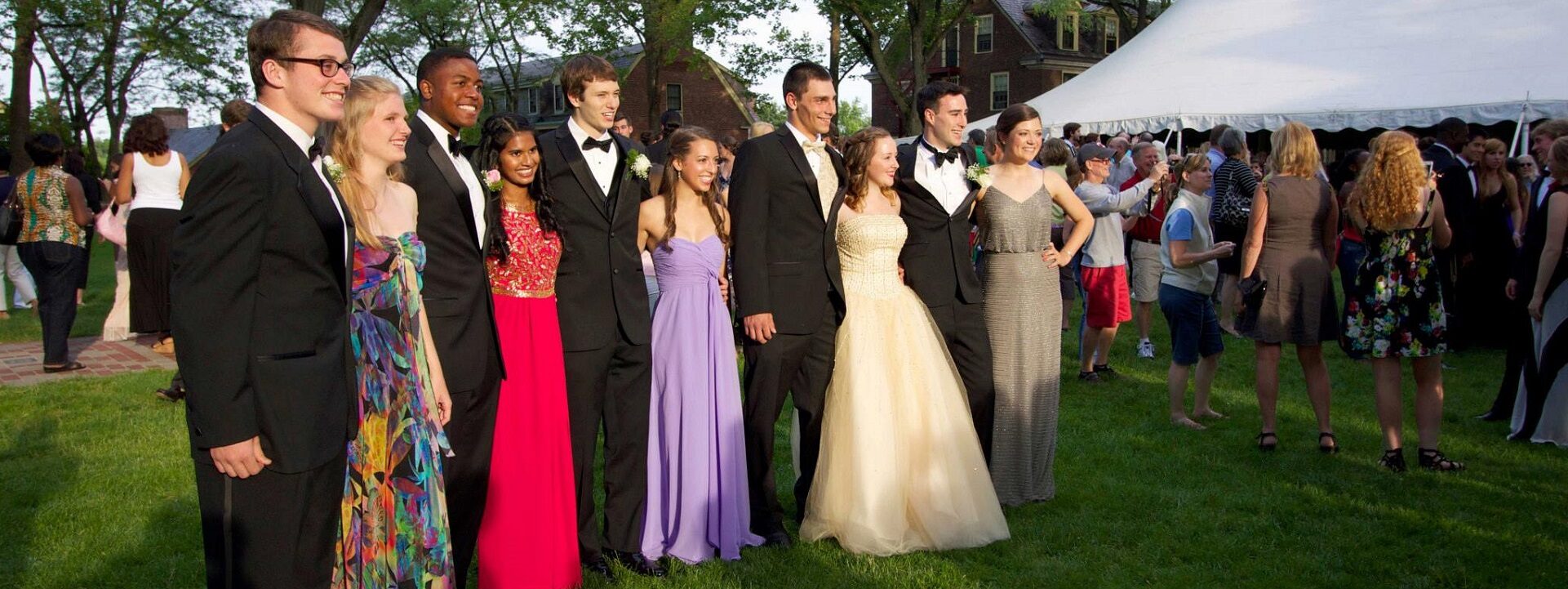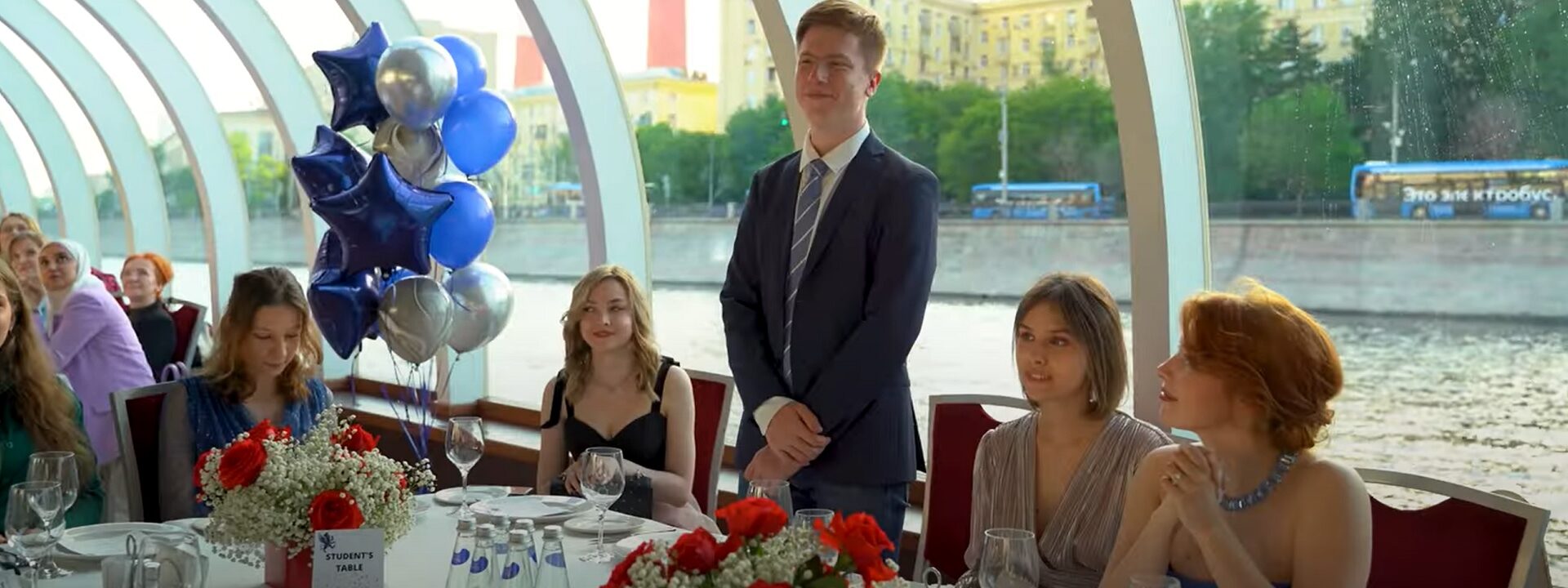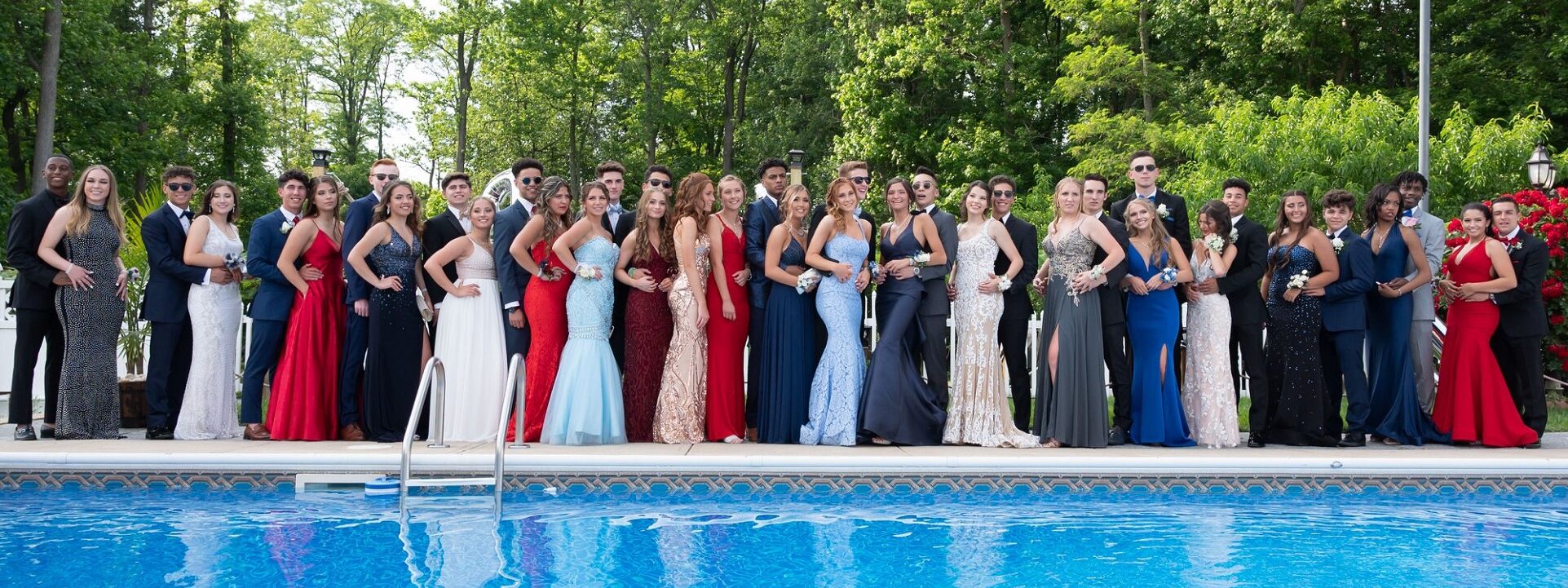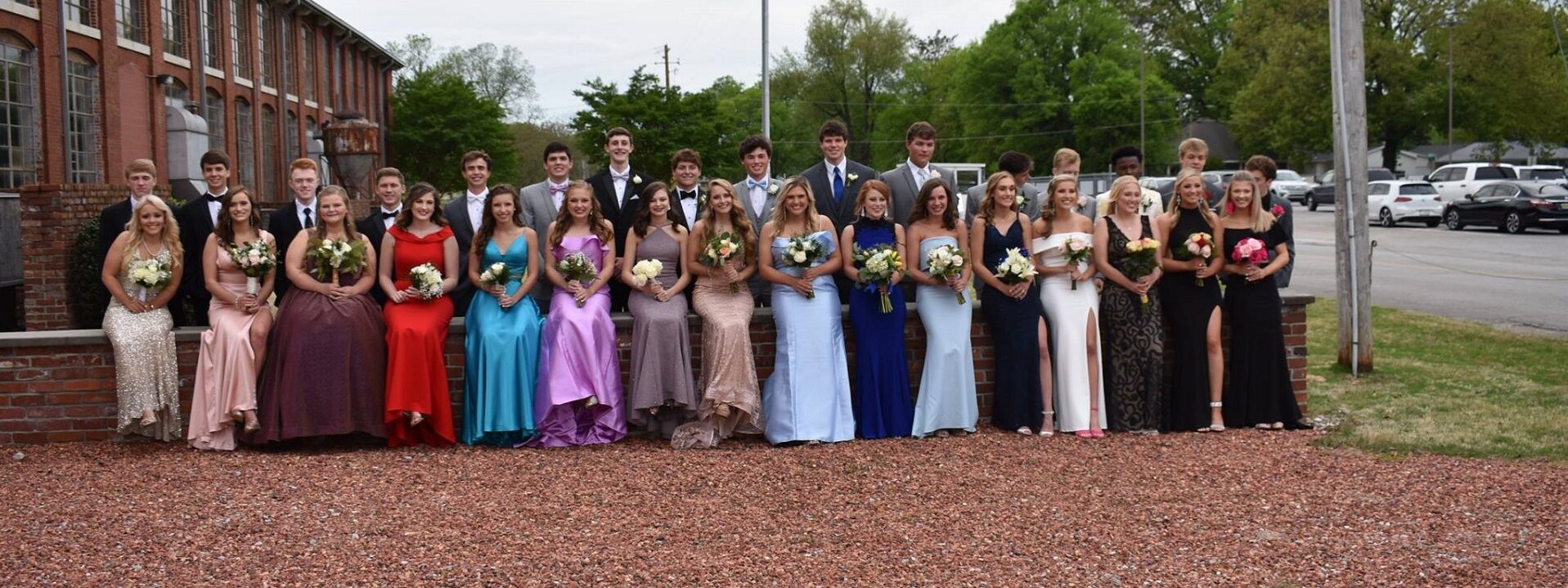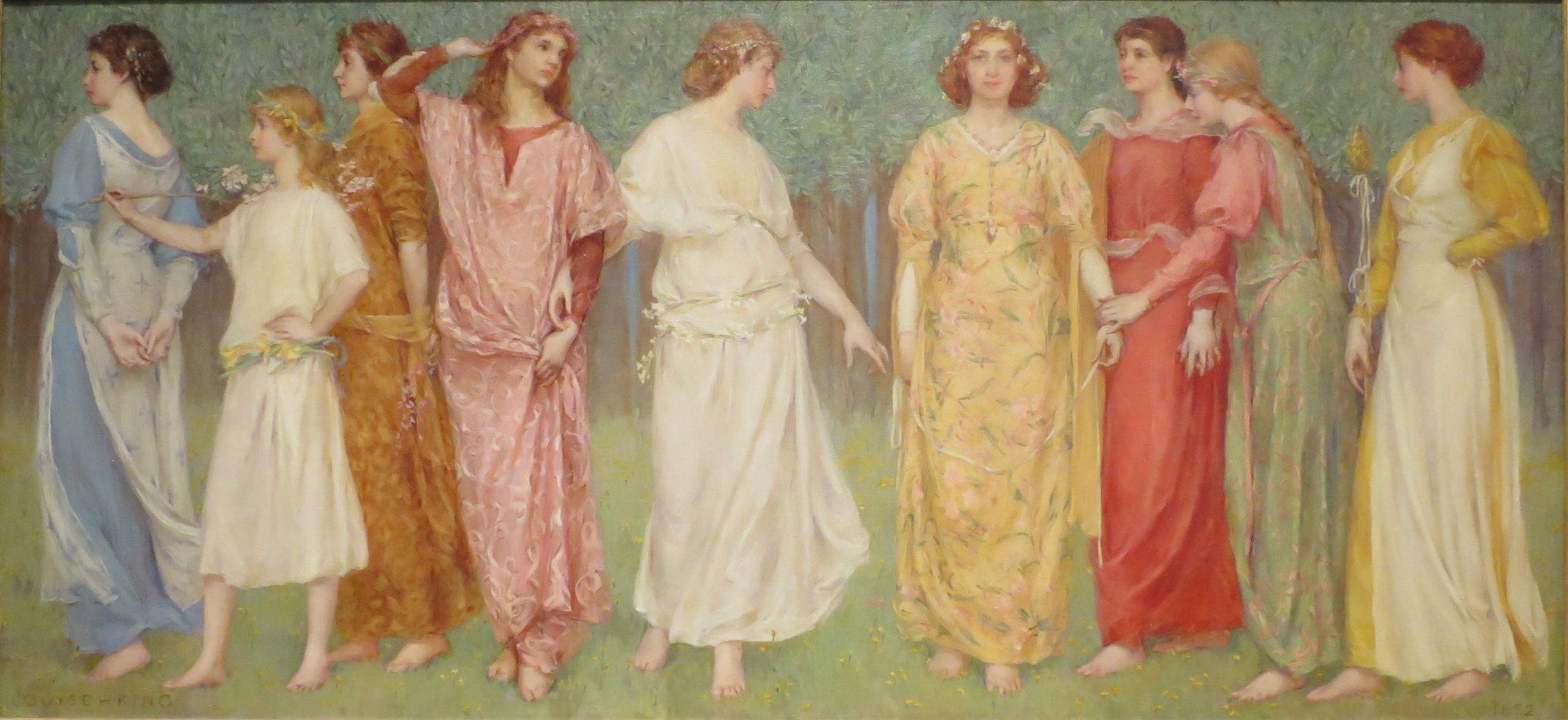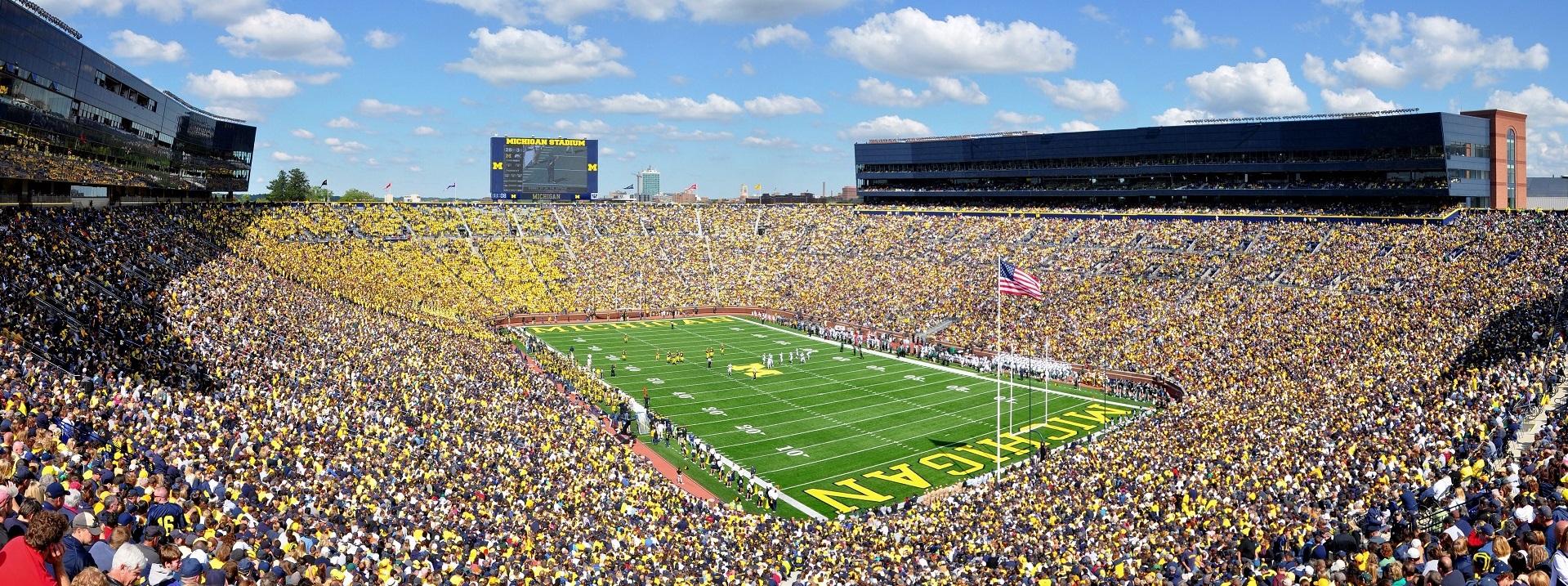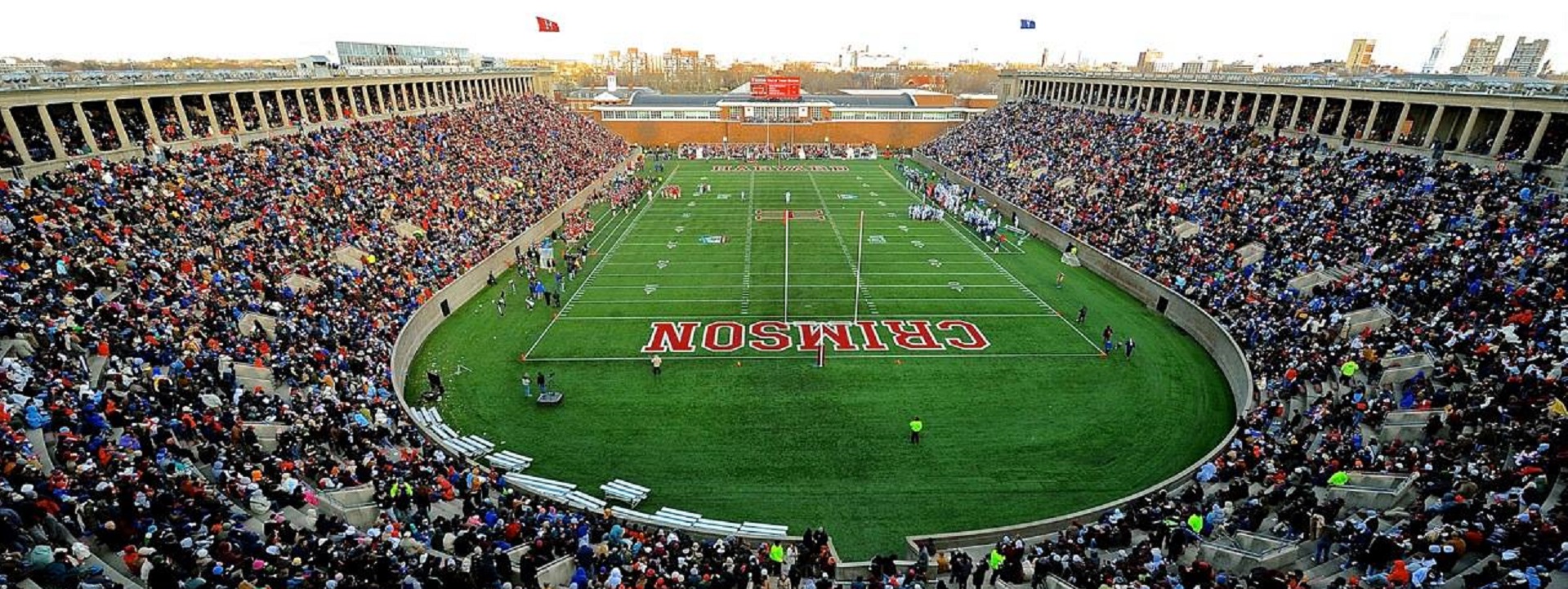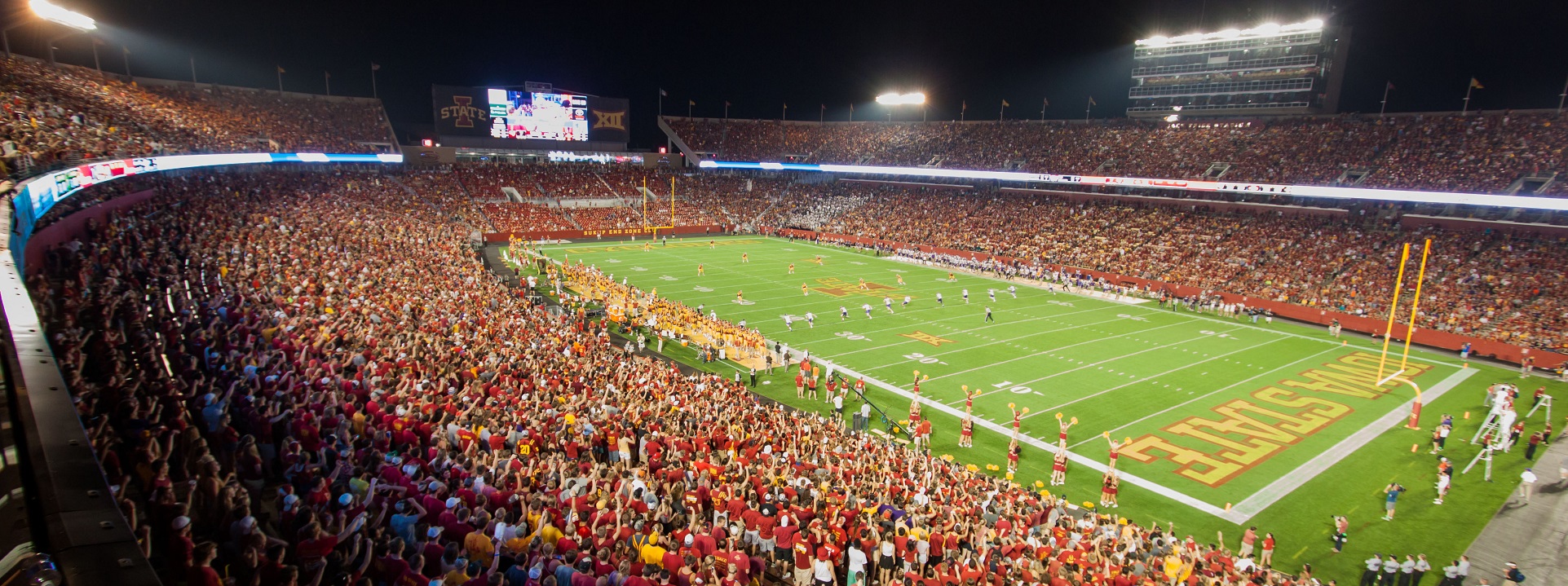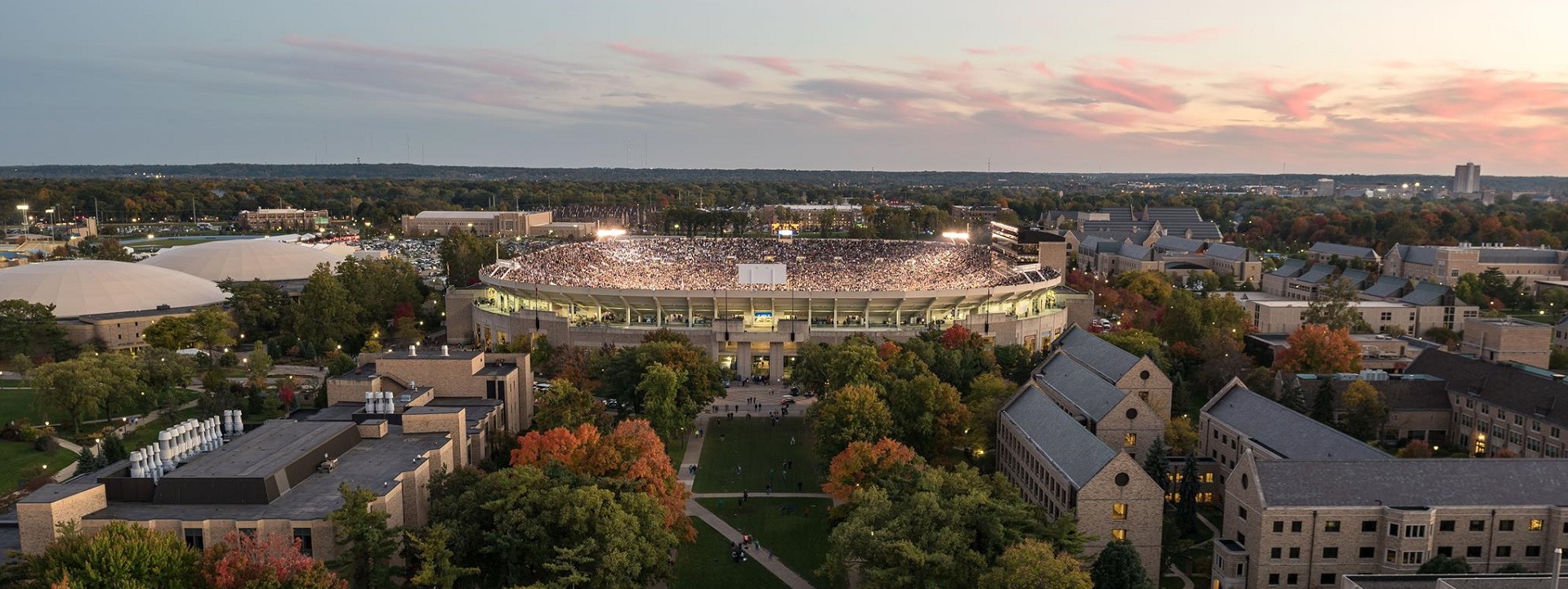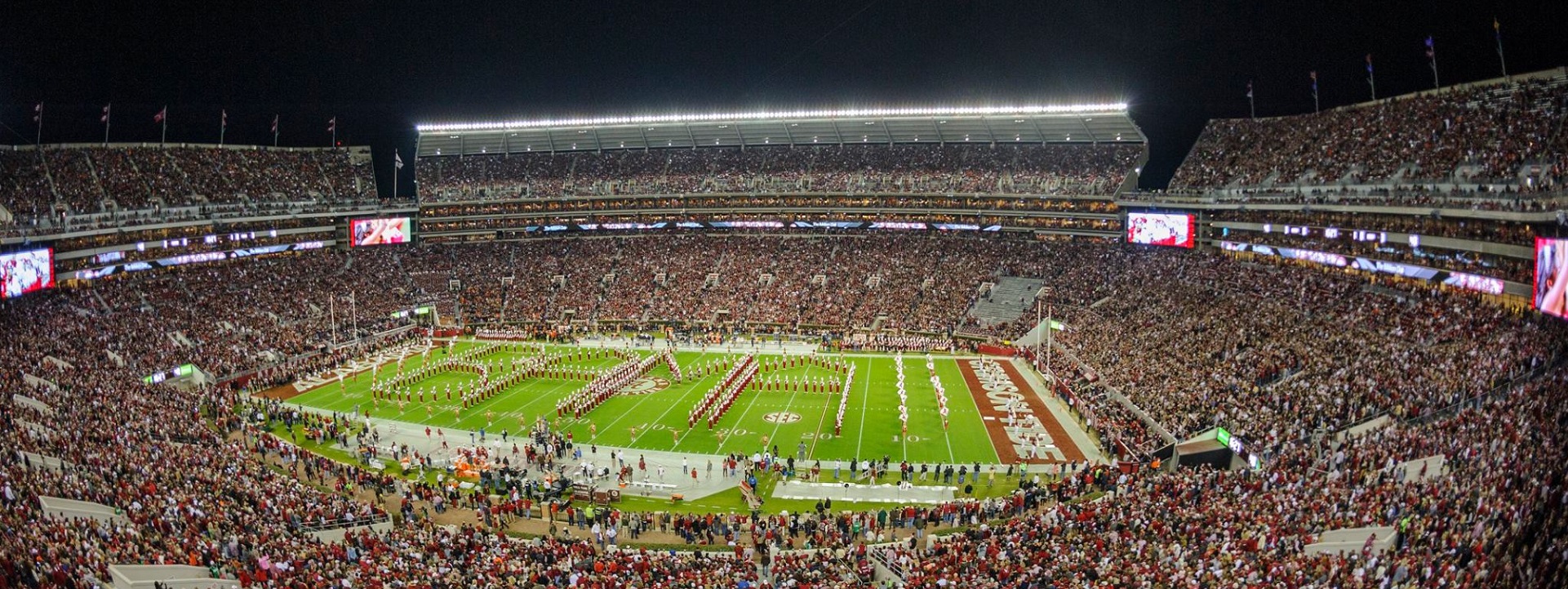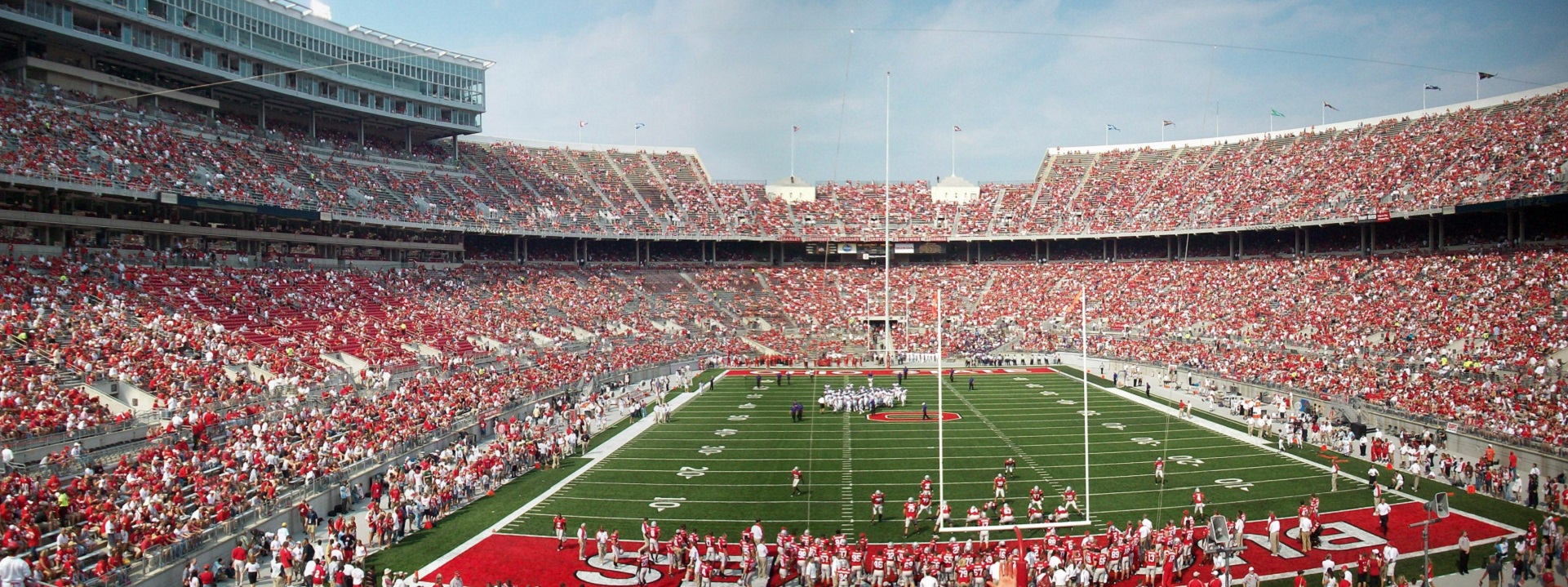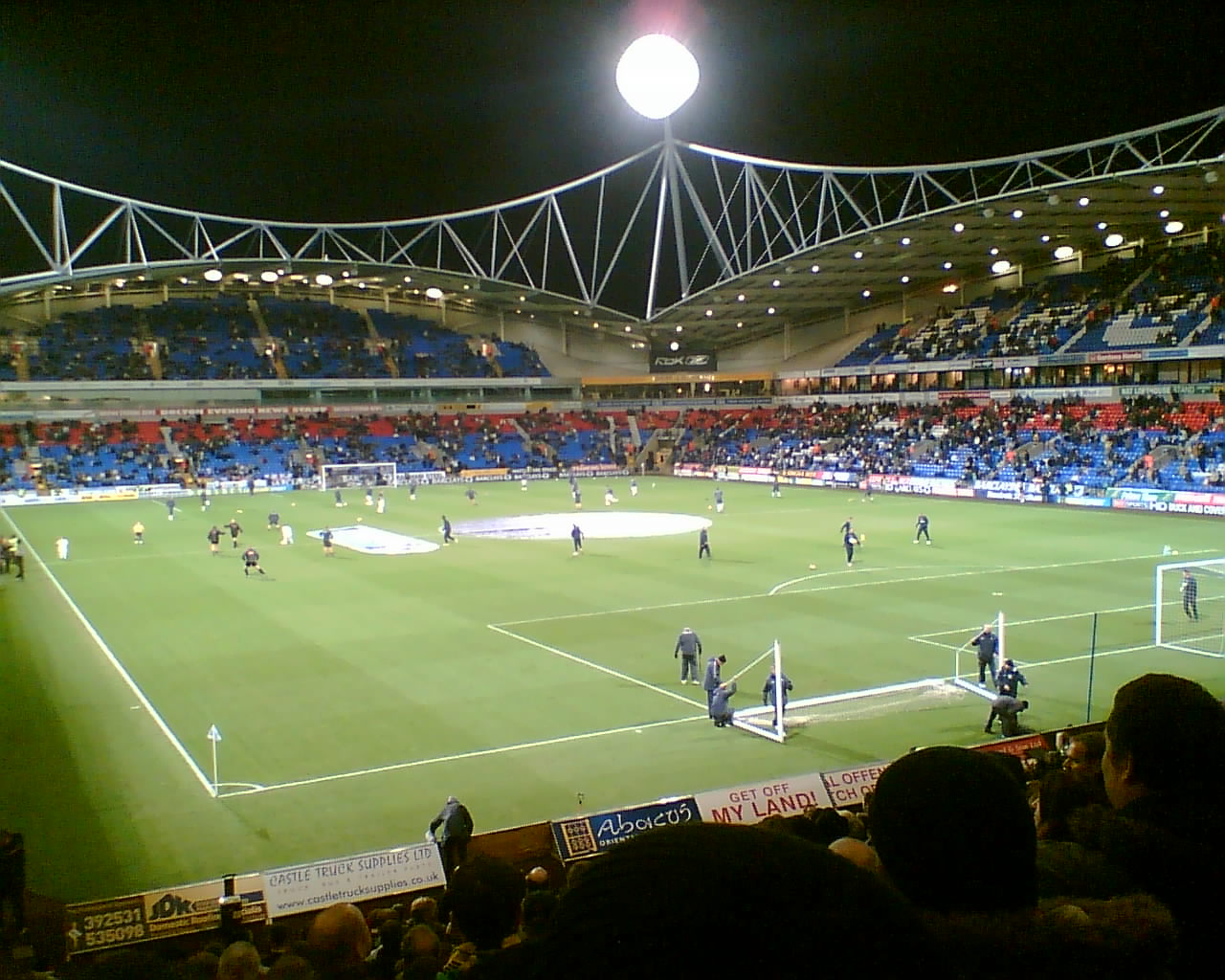
University of Bolton Lancashire

A rare find in best practice literature is a title that slices horizontally through a number of “silos” owned by US-based domain incumbents such as NFPA, ICC, IEEE and others. Several occupancy classifications run interstitially and present challenging risk aggregations–similarly recognized in the EU–when 100,000 people must be put out of harms way in less than 60 seconds. One such title is Code of Practice: BS 7827 Designing, specifying, maintaining and operating emergency sound systems for sports grounds, large public buildings, and venues. From the project prospectus:
Maintenance, Emergency measures, Safety devices, Reports, Crowd safety, Certification (approval), Inspection, Audio systems, Forms (paper), Speech transmission systems, Reliability, Instructions for use, Personnel, Sound intensity, Approval testing, Training, Audio equipment, Performance, Stadia, Warning devices, Electric power systems, Alarm systems, Signal distortion, Sports facilities, Safety measures, Public-address systems, Audibility, Acoustic measurement, Reception, Sound reproduction, Buildings, Control panels
The current 2019 Edition was released October 2019 and is assumed to be stable. You can tell by the list of normative references from European Union standards developers that event safety is an established discipline and one that requires continual attention despite the circumstances of the pandemic.

Michigan Stadium is the largest university-owned sports venue in the world. with nominal seating capacity of 110,000 and auxiliary enterprises that add another 20,000.

More information about how our colleagues may contribute to the development of future revisions to this titles should communicate directly with BSI Group Technical Committee EPL/100. We collaborate with European Union electrotechnical professionals through the IEEE Education & Healthcare Facilities Committee which meets online 4 times monthly in European and American time zones.
We maintain this title on the standing agenda of our Sport and Global colloquia. See our CALENDAR for the next online meeting; open to everyone.

Issue:[19-158]
Category: Sport, Global, Information & Communications Technology, Life Safety
Colleagues: Mike Anthony, Jim Harvey, Mike Hiler




